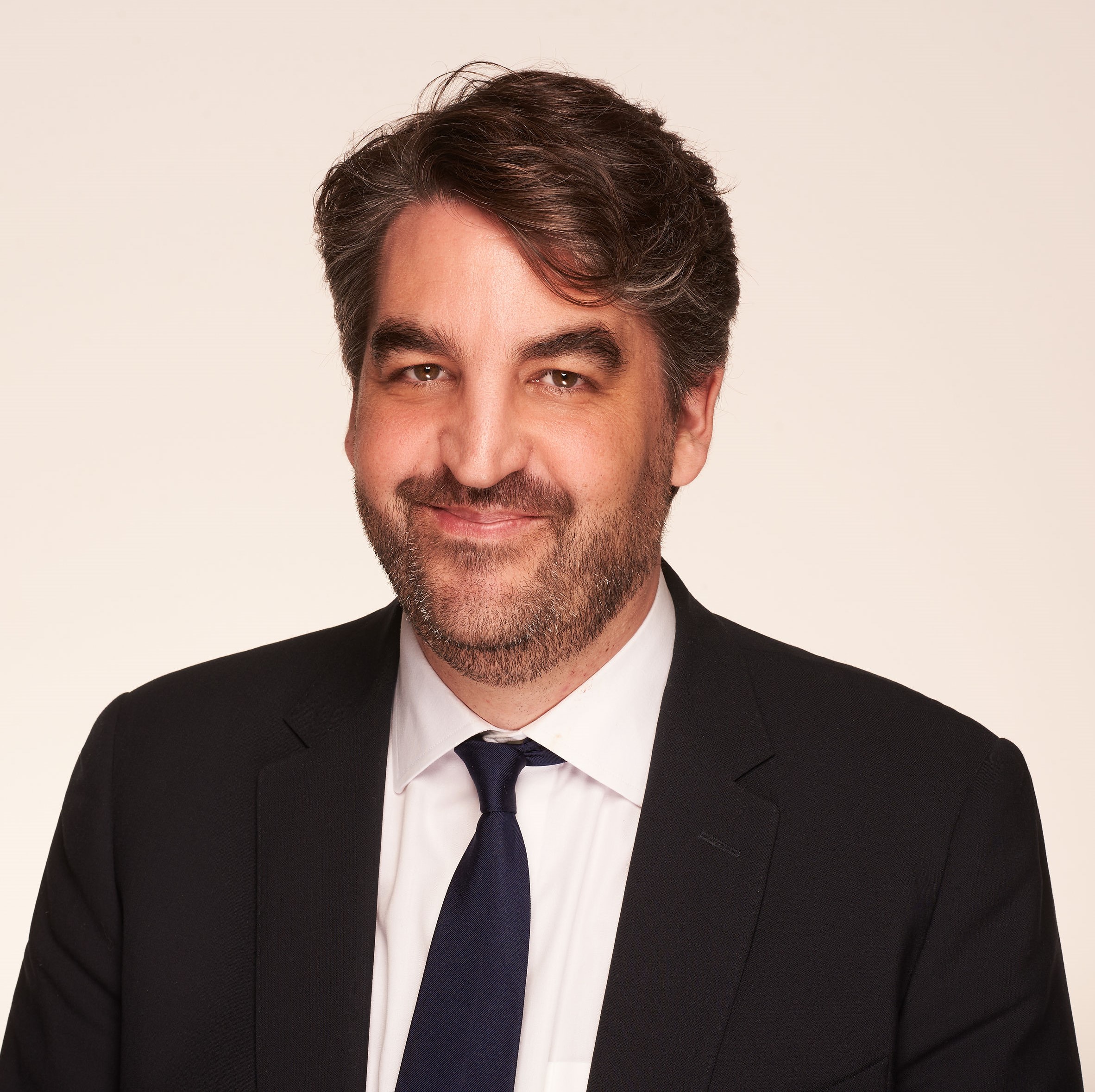Roma, 1 October 2025
Interview with... Alain Siebert
Chief Technology and Strategy, SESAR Joint Undertaking
[Cleared n°8 - anno XXII - August/September 2025]

What are the most significant updates in the 2025 Edition of the European ATM Master Plan?
The 2025 edition of the European ATM Master Plan brings a decisive shift in ambition and approach. At its core lies a bold commitment: every flight in European airspace should be systematically and continuously optimised from an environmental perspective. Safety remains paramount, but environmental performance now takes its place as a guiding design principle of equal importance.
Achieving this ambition demands more than incremental upgrades. It requires a fundamental rethinking of how ATM systems are designed, operated, and modernised. Human machine teaming will free professionals to focus their skills on the challenges that demand uniquely human judgment, while machines take care of what can be automated, together delivering a system that is safer, more resilient, and more adaptive than ever before.
The war in Ukraine has underscored that ATM cannot be insulated from broader risks. Cyberattacks, GNSS vulnerabilities, and geopolitical disruptions are no longer distant concerns but immediate challenges. Boosting the security posture of ATM as a critical infrastructure for Europe has never been more central in SESAR, and this is fully reflected in the priorities of the Master Plan.
Unlike previous editions that painted long-term visions to help orient primarily R&D efforts, the 2025 European Master Plan is strongly deployment-oriented. It is not a roadmap for distant aspirations but a commitment to real transformation within the coming decade. To make this possible, the Plan places emphasis on the implementation of a new service delivery model for ATM in Europe and associated enabling regulatory framework, drawing on best practices already proven in other safety and security critical sectors.
What are the added values and challenges of transitioning to a new service delivery model for ATM in Europe?
The move towards a new service delivery model is both promising and demanding. On the value side, it frees capital and human resources currently tied up in outdated system architectures, allowing them to be redirected towards innovation and operational improvements. Continuous deployment means ATM will no longer evolve in decade-long upgrade cycles but at the pace of operational need. This model also brings greater resilience: service-oriented architectures are inherently better at absorbing shocks, adapting to changing conditions, and recovering quickly, with cybersecurity built in by design.
The transition will only succeed if it has the full backing of the industry and operational community. ENAV, as one of a growing number of signatories to the statement committing to this new approach, is helping to show that ANSPs are ready to take on the challenge. Their support is vital, because the journey will not be simple.
Continuous deployment and iterative development do not fit neatly with today’s regulatory and certification frameworks. Oversight will need to evolve to maintain the highest safety standards while enabling innovation to flow. Transitioning also means managing coexistence between legacy and new systems for years to come, requiring careful coordination and investment. Finally, the shift from maintaining physical infrastructure to managing digital services represents a profound cultural and professional change for operational staff. Training, role evolution, and trust in the new model will be critical.
With the lessons of CP1 in mind, what will be key to ensuring a smooth process for CP2?
As the first of its kind, the first common project (CP1) provided valuable experience in coordinating technology deployment across Europe. It also showed how ambitious such an undertaking can be. For CP2, the priority will be to sharpen the focus. Its scope should concentrate on areas that truly require EU-level coordination—those where systemic impact or shared standards make collective action indispensable, and where no ANSP or State could succeed on its own. Another important element is ensuring industrial readiness. CP2 should not only encourage implementation but also drive coordinated industrialisation, so that standards, certification, and the supply industry is ready to support timely implementation by ANSPs. Finally, CP2 should serve as a vehicle for simplification across the Single European Sky instruments. It can help align objectives, trigger legislative adjustments where needed, and make use of underexploited provisions—for instance, restructuring options that allow deviation from performance targets where justified.
Over the past two decades, how has SESAR changed the role of ANSPs in Europe, and what has been ENAV’s contribution?
Through SESAR, ANSPs have gained a powerful mechanism to innovate together, pool expertise, and tackle shared challenges that no organisation could solve alone. This collaborative framework has allowed them to take ownership of their future, moving from being perceived as obstacles in the aviation value chain to being recognised as proactive contributors to performance, resilience, and sustainability.
ENAV has been at the forefront from the start, helping to demonstrate how cooperation within SESAR can turn responsibility into leadership. Together with its peers, ENAV has shown that ANSPs can play a decisive role in improving the efficiency of the network through innovation, while at the same time delivering tangible benefits for passengers, citizens, and society at large.


